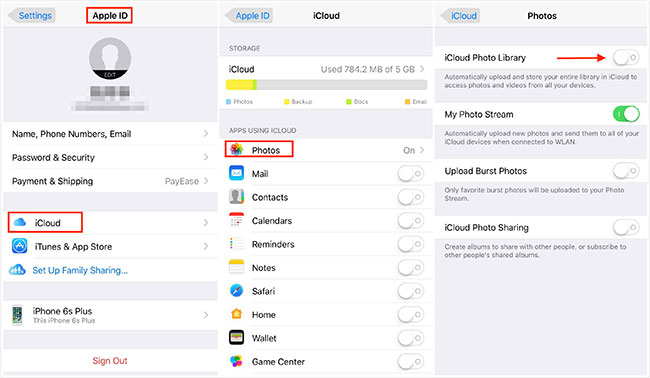
Then there's the rising threat of Ransomware infections, which encrypt data on a device and literally hold it to ransom until the users pays up. Even then, there's no guarantee that the criminals will return their captives safely. All of these stomach turning scenarios are avoidable though, if you take a small amount of time to back up your system on a regular basis.
To help you, we've put together this comprehensive guide which shows how to quickly back up your most important files. We'll also lay out the various options for creating system backups of your whole PC or laptop, so that if the hard drive fails you can restore it back to just the way it was.
There's also tips on how to backup mobile devices too, as much of the data we generate these days begins life under those brightly lit displays. What kind of backup do I need, There are a variety of backup styles on offer, so we break down the main types below. You'll definitely want to pick one, but it's wise to use multiple techniques and create multiple backups. This is to prevent a double disaster, by finding that the sole backup you've created is corrupted or didn't cover what you thought it did.
This is the simplest way to back up files from your PC. Just plug in a USB hard drive or flash drive and use Windows Explorer (File Explorer in Windows 8.1 and 10) to copy files from your computer to the removable drive. It's completely manual, but if you set a reminder to do it once per month and leave it copying while you're off doing other things, it really doesn't take much effort.
Plus, once the backup is done and the drive is disconnected, it's offline and safe from ransomware attacks. Try using the built-in File History feature in Windows 10, or Windows Backup & Restore in Windows 7. You can see how to use the former in our How to backup Windows 10 feature. Dropbox, OneDrive, Google Drive, pCloud and many other cloud storage services make it supremely easy to make backups of your files, and the free storage on offer when you sign up may just be enough.
If it isn't, you can pay a reasonable monthly or yearly fee to get a lot more storage. Just bear in mind that most cloud storage services sync files in a certain folder on your computer. This means if you delete a file in that folder, it will disappear from your online storage as well. Many services have an undelete feature (like a Recycle bin) so you can undo your mistake, but this might be limited to 30 days, so check!
A real benefit of cloud storage is that it creates a copy of your files in a physically separate location. They're safe from flood, fire and theft. Cloud storage has lots of other advantages too: you can access the files from practically any computer with an internet connection and you can keep files in sync across multiple devices.
The first two methods back up certain files, but they're not sufficient to get your PC or laptop up and running after a hard drive (or SSD) fails, or if your computer is stolen. Making a backup of all the files on your hard drive is also known as a 'disk image' or 'ghost image', and you'll need specialist software to do this.
This needn't be expensive though, as there are free and paid versions available. Acronis True Image is one popular paid-for package, costing £45.99 per year to cover three PCs. The best way to automatically back up your phone (or tablet's) photos and videos is by using Google Photos. If you choose the 'High quality' option rather than 'Original quality' you get free, unlimited storage.




0 Comments